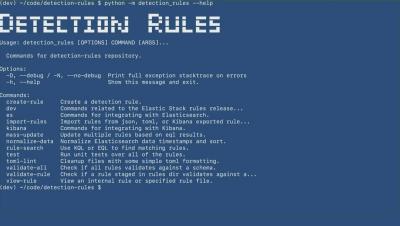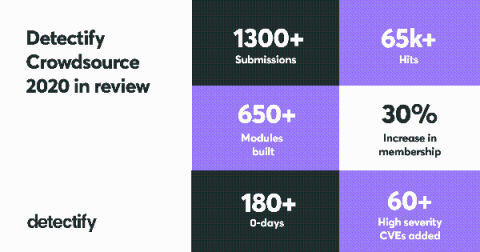Security | Threat Detection | Cyberattacks | DevSecOps | Compliance
%term
Fighting Cybercrime: We Are Stronger Together than We Are Individually
As a cybersecurity professional, how numb have you become to vendors who try to scare you with frightening statistics in an effort to sell you a new product? It is understandable that a vendor has to present as much information in a limited amount of attention-grabbing time, so their doomsday technique makes some sense. Perhaps the vendors’ approach is faulty, as the numbers are quite frightening indeed. There is definitely a larger point to be made.
What Is HIPAA Compliance: Guidelines for Becoming Compliant
The Health Insurance Portability and Accountability Act (HIPAA) is a U.S. law designed to protect individual privacy by establishing national standards for maintaining sensitive patient health information and medical records. HIPAA compliance rules incorporate requirements from several other legislative acts, including the Public Health Service Act and the Health Information Technology for Economic and Clinical Health (HITECH) Act.
Egnyte Makes Collaboration in SAS JMP Software Easy
SAS JMP is a statistical analysis and visualization tool popular in the life sciences industry to generate insight from large datasets. For more than a decade our customers have been leveraging Egnyte to host and collaborate on SAS JMP files.
Don't get overwhelmed with trivial defects. Manage them!
Misuse of security tools can lead to defect overload for development teams. Knowing when and how to use these tools will yield more effective DevSecOps. It is a long-time mantra of security experts: There is no single, magical software testing tool or technique that will find every defect or flaw that developers should fix when they are building an application or any of the many things powered by software.
What's the Difference Between Penetration Testing and Vulnerability Scanning?
Is your network secure from outside attacks? What steps is your organization taking to keep its intellectual property and client data safe? Penetration and vulnerability scanning are two tools that can help identify gaps in your network security. In this article, we’ll look at how you can use these tools to evaluate your companies risk factors and whether penetration testing or vulnerability scanning is the right solution for you.
Stop Enforcing Security Standards. Start Implementing Policies.
In days gone by, highly regulated industries like pharmaceuticals and finance were the biggest targets for nefarious cyber actors, due to the financial resources at banks and drug companies’ disposal – their respective security standards were indicative of this. Verizon reports in 2020 that, whilst banks and pharma companies account for 25% of major data breaches, big tech, and supply chain are increasingly at risk.
How to Monitor User Activity
Every company monitors their employees to some extent. In the past, companies may have relied solely on time sheets and surveillance footage to keep an eye on their employees. But these tools cannot be used to track what employees are doing on their company-owned computers, smartphones, and tablets. To monitor these devices, managers must turn to more sophisticated tools such as monitoring software.
Introducing Teramind BI Reports
Top 10 Most Critical CVEs Added in 2020
Our global community of hand-picked Detectify Crowdsource ethical hackers are the reason we are able to automate security research so quickly to protect web applications from attack. This past year, we received a record 1300+ submissions from the community including over 180 zero-day vulnerabilities! Every module and security test we build from these hacker-submitted vulnerabilities helps us make the internet more secure.











